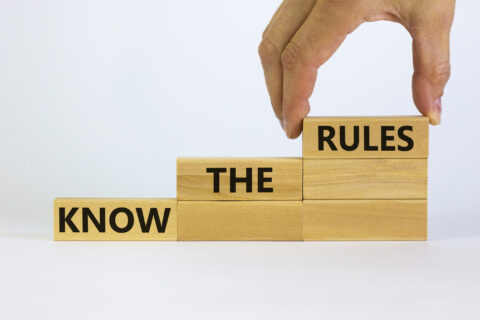Since I began my career over 15 years ago, I’ve been involved in nearly every kind of research you can imagine. I started out as a “market researcher” and worked on everything from brand tracking studies through to analytics, customer experience measurement, concept generation and evaluation. Each client expected (or tolerated, perhaps!) different levels of creative input from us research agencies. Luckily, I came across opportunities to work in very creative environments and that is how I discovered my passion for innovation research. After about 10 years working among market researchers, I decided to take a leap of faith into design master’s studies.
Naturally, I was most excited by the research aspect of the design process and was eager to apply my research knowledge. Much to my surprise, I was challenged to let go of my “market research” inclinations. A professor told me to not think so much about what “the market wants” and think more about what “the user wants”. I didn’t understand why they had to be demarcated as such. A CEO of a global design company told me that market research is what comes later in product innovation, which also didn’t make sense having worked on concept generation projects previously (albeit for FMCG). I read articles to try to understand the differentiation better, but I only found clarity once I had built up experience of using methods from both clans and experimented with blending the two.
Confusion
A lot of the confusion is tied up in the terminology. “Market research” suggests marketing, analysis of large populations, not diving into what people want at the individual level. To complicate matters further, designers tend to use “market research” to describe competitive analysis of existing market products in terms of their usability, look and feel. On the other hand, “UX research” can mean any range of activities depending on who you are talking to, but a popular interpretation is that it’s about measuring digital experiences.
More broadly speaking, any kind of early-stage innovation research is best described as “design research” because it encompasses all the research that goes into the development of experiences. This can apply to industrial design (i.e. of physical products), digital design, service design, even exhibition design! And by the way, there’s a myriad of job titles used for each of those types of research too! Some “designer” jobs are actually more about research than design. The fragmentation goes on and on, and the irony is there’s overlap in the methodologies that each of these professions use. There is, however, a persisting belief that there’s insurmountable differences between them, that they are incapable of effectively performing each other’s roles.
It is true that specialist knowledge exists but this really comes into play at a deeper level than the job title. In innovation research, the biggest differences are between quantitative and qualitative; generative and evaluative. Generative needn’t always be qualitative nor evaluative always quantitative, and indeed, the best research intertwines qual and quant throughout innovation.
Another difference is that market researchers tend to prioritize business / sales goals whereas UX / design researchers focus on usability and enjoyment, and how these elements translate into product features, user flows, interactions. For an experienced market researcher, shifting to this perspective and applying the relevant methodologies is not rocket science. After all, achieving business growth through user satisfaction is the bottom line across the board.
Challenges
One challenge for market researchers in the UX / design research space is that they won’t be aware of design principles, how to intuitively spot good or bad design and communicate using design language. This is necessary for anyone who wants to work directly with designers and have a meaningful impact on design implementation, but these are entirely achievable goals. Let’s take the measurement of digital experiences via UX research for example. Much success will come from applying already learned qualitative skills and growing digital design knowledge, ideally through a mix of training and working with other experienced professionals. What’s more, UX / design researchers are increasingly expected to conduct survey research and analyze analytics, both of which happen to be the bread-and-butter of market research!
Even if a market researcher isn’t trying to explicitly break into UX or design research, there’s a growing need for different kinds of researchers to understand how our work fits together, collaborate and borrow techniques from one another. It’s very possible that a client will seek UX advice from their go-to market researcher, or vice versa, that market sizing and segmentation questions will arise for a design researcher. Having experienced several situations like this recently, I can tell you that having expertise across the full research landscape is going to become even more invaluable over time. It is the key to addressing increasingly complex multi-touchpoint business issues and positioning yourself as a trusted advisor for end-to-end innovation research.


